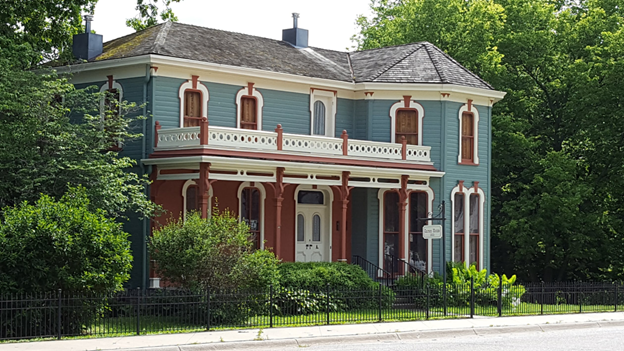
Flipping houses is usually a great opportunity for investors in any market condition. Although purchasing a run-down property to fix it up and resell it at a reasonable price for a profit is a tempting opportunity, it’s not quite as simple as it may seem.
The inventory shortage and the demand increase cause home values to rise. This process seems to be lasting; therefore, the real estate industry has become a seller’s market. As a property owner, you could get a large return on investment (ROI) if you decide to renovate and resell your home. However, flipping houses is a long and expensive maneuver, forcing many rookie investors to back down. If you plan on joining the market, you should first lay out a plan and thoroughly research the art of house flipping.
Turning Issues into Beauty and Community Improvement
House flipping can be defined as turning issues into beauty and community improvements, as investors purchase cheap and unattractive houses to transform them into well-maintained and desirable homes to resell for profit by setting the right price. This act helps the community to improve, profits the seller, and allows a buyer to enjoy a beautiful environment.
With this in mind, we approach step one of house-flipping:
1. Choosing the right property
House flipping at its core is recognizing potential where others only see problems. An investor needs a keen eye to successfully single out a prospective of a beautiful home out of run-down houses. The outdated design may scare buyers away, but a house-flipper with knowledge of the market and a sharp eye can see a blank canvas instead of a dilapidated structure.
Often, rooky house flippers find damaged properties and buy them without a second thought, thinking they can renovate them and turn them into a luxurious paradise. However, most of the time these houses were better off being left alone.
Some properties take a lot of time and money to renovate into a livable space. Therefore, many investors end up losing money on renovations instead of gaining profit. Which brings us to step two:
2. Knowing The Limits
A good investor knows when to stop investing and start selling. Some house flippers go above and beyond when renovating old homes, forgetting that the main objective is to make a profit. You may start remodeling your property and not get enough of the design. You need to stay within budget to make more than what you spend.
As a flipper, you must remember that you don’t need to decorate every part of the home with the most expensive materials and products. It’s important to make the property safe, livable, and of high quality, however, keep in mind that this is an investment, meant to sell for more than what you spend on it. Therefore, you must know when to stop spending money on remodeling and when the property is good enough to be sold and bring ROI. Therefore, you must set a budget before beginning the renovation process.
It’s important to create a beautiful living space without going overboard and losing track of your budget. Which brings us to step three of successfully flipping a house:
3. Renovating
The art of house flipping at its core is redesigning an unattractive or damaged property and transforming it into a beautiful home. Once you have chosen the perfect house with potential and set the budget, it’s time to get to remodeling. You need to start decorating by choosing the correct materials for this property.
It’s essential to choose materials that fit the house structure and come together harmoniously when it comes to design, therefore property investors must research home upgrades that maximize ROI. People usually purchase homes that have minimal design nuances as it allows them to easily decorate and turn it into their own. It’s also important for the home to have matching walls and flooring so that the property feels like home and is easy to imagine as one’s living space for the buyer.
Furthermore, the art of house flipping involves a commitment to sustainability and responsible development. Flippers are increasingly incorporating eco-friendly practices into their renovations, such as using recycled materials, installing energy-efficient appliances, and implementing green building techniques. By doing so, they not only reduce their environmental footprint but also appeal to environmentally conscious buyers, further enhancing the marketability of their properties.
Final Thoughts
Having completed these steps, you will find yourself looking at a beautiful home created from an old and run-down building. As a house flipper, you are holding onto a talent that allows you to take something damaged and cheap and turn it into a comfortable and luxurious living space. Flipping houses takes a lot of planning and detail management, finding contractors, setting the budget, dealing with taxes and paperwork, etc. The art of house flipping on the other hand is the bigger picture – taking an unwanted property and putting a gorgeous house in its place.
